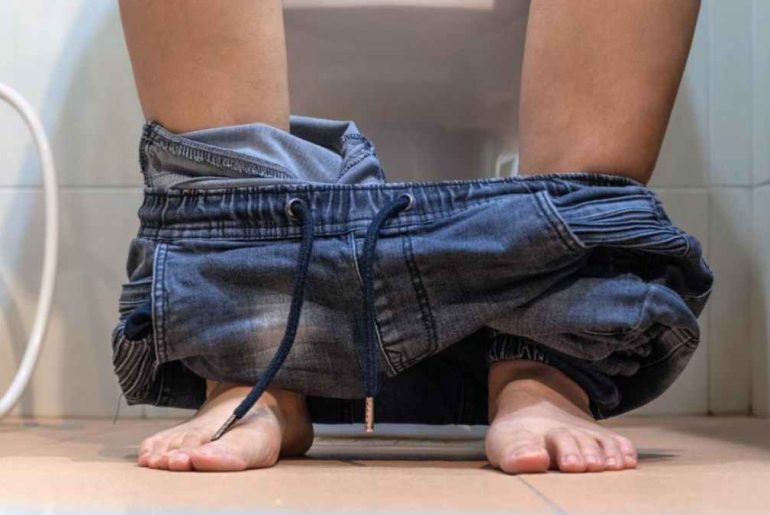Urine incontinence, sometimes known as “bladder leaks,” is an embarrassing condition that affects women of all ages, though incontinence increases in frequency with age. Sadly, one in three women has bladder leakage when they sneeze, laugh, cough, or exercise. Fortunately, several cutting-edge, non-surgical bladder control Upper East Side treatments eliminate urine incontinence.
Here are non-surgical treatment methods for bladder issues;
1. Pelvic floor exercises (Kegels)
Pelvic floor exercises like Kegels can help to treat bladder issues. Your doctor can evaluate your ability to execute pelvic floor exercises appropriately. It is possible that one-third of women can’t fully contract the appropriate muscles. If this is the case, your physician could suggest pelvic floor physical therapy, so you can learn how to practice Kegel exercises.
The objectives of pelvic floor treatment are to increase the strength of the pelvic floor muscles, which are crucial for continence, and to give behavioral guidance to lessen leaking episodes.
2. Avoid bladder irritants and change eating habits
Carbonated, alcoholic, and caffeinated beverages are regarded as bladder irritants. If you have discovered a connection between these drinks and your bladder problems, your doctor may advise that you avoid drinking them or reduce your consumption.
Other frequent irritants include artificial sweeteners and spicy meals. Your doctor could advise you to consume extra fiber if you have constipation, potentially worsening incontinence. Continue to drink lots of water throughout the day to maintain the health of your kidneys and bladder health and avoid constipation and urinary tract infections.
3. Weight management
Obesity has been linked to bladder issues. According to studies, even a slight weight adjustment can help someone’s bladder issues. A weight-loss strategy that works for you can be developed in collaboration with your doctor.
4. Electrical stimulation
Electrical stimulation could be helpful if you cannot contract your pelvic floor muscles. A little probe will be placed into the anus in males or vagina in women. The probe is subject to an electrical current. While you exercise your pelvic floor muscles, this helps to strengthen them.
You might find it challenging or uncomfortable to employ electrical stimulation. However, it may help complete finishing pelvic floor muscle contractions.
5. Vagina cones
Women can utilize vaginal cones to help with pelvic floor muscle strengthening. The vagina is fitted with these little weights.
Your pelvic floor muscles are used to secure the weights. You go on to the next, heavier vaginal cone as soon as possible.
Vaginal cones can be difficult or unpleasant for some women to use. However, they could be helpful for stress or mixed incontinence.
6. Bladder training
One of the initial therapies you could be given if you have been diagnosed with urge incontinence is bladder training. You can combine bladder training with pelvic floor muscle training if you have mixed urine incontinence.
Bladder training involves learning tricks to prolong the interval between needing to pee and passing urine. Typically, the course will run for at least six weeks.
Urinary incontinence is a condition affecting many women. You can treat bladder issues through lifestyle changes, pelvic floor muscle training (Kegel exercises), and bladder training. If this treatment does not work, your doctor may recommend medicine or surgery.
Call Park Avenue Urogynecology to book an appointment for diagnostic evaluation for bladder control issues.

